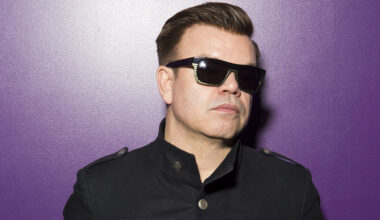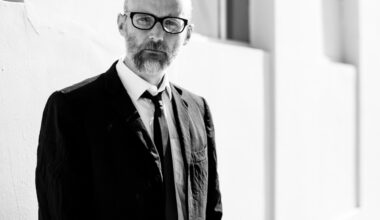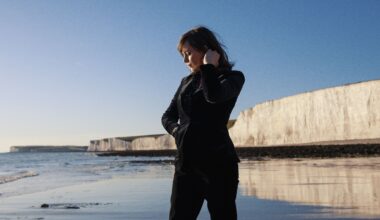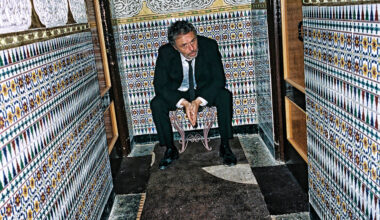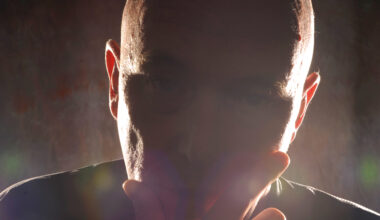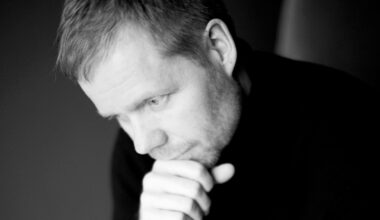Horse whispering, mbira music, Buchla and electricity, Kaitlyn Aurelia Smith reveals her formative influences
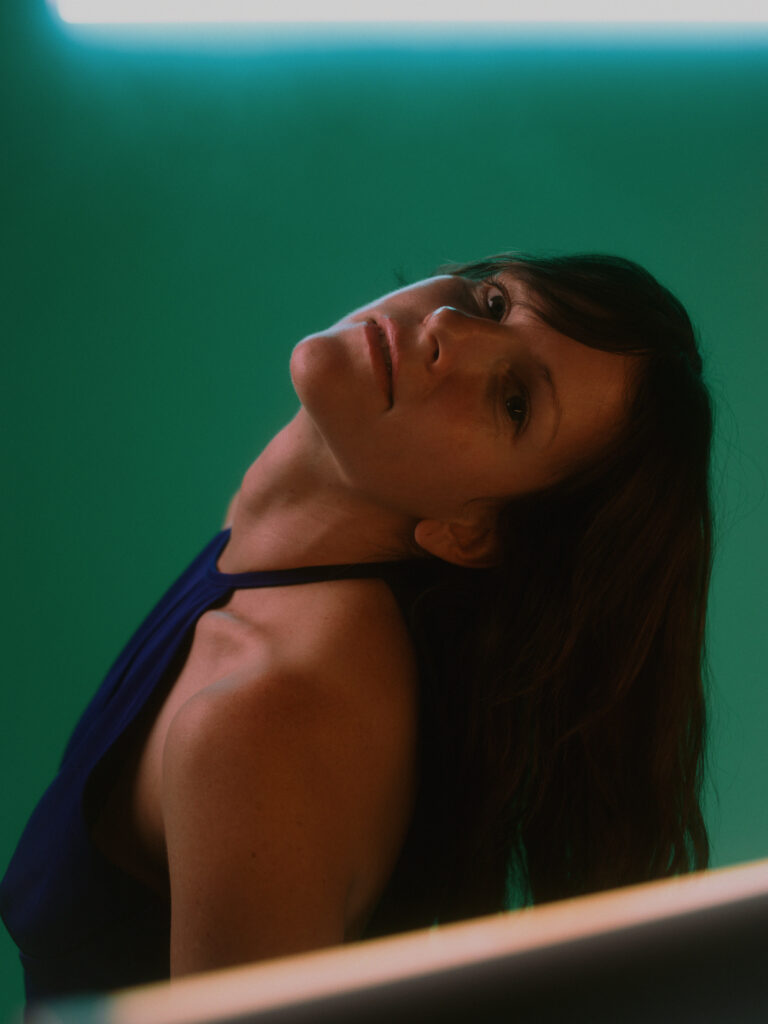
A Horse With No Name
“The first thing that made me aware of the power of electricity was studying the behaviour of horses. When I was younger, I had a horse and I was very interested in natural horsemanship. The basis is that you study the herd activity and how horses naturally behave. The thinking is they interact in a kind of hive mentality and read each others’ electrical fields. Natural horsemanship is so beautiful, you kind of become a part of the herd. You sync up your electricity with theirs. I had an amazing Appaloosa. He already had a name, Rum Jubilee. I never actually called him by that name though!”
The Pacific Northwest
“Orcas Island is on the same hemisphere line as the UK, or pretty close. I think we get more sun, but it’s still pretty wet. There’s a lot of moss, and it’s very green and cosy. There’s a lot of ponds and evergreen trees. But the summers are just perfect weather. It’s a really special place. I still have a lot of friends that live there, it’s still home to me. And it’s definitely where I see myself again in the future.
“You get there by boat, you have to take a ferry. It’s a long journey. Honestly, from LA to Orcas Island is the same as me going to London. It’s because there are so many transfers that you have to take, and they don’t always line up time-wise. There’s a lot of agrarian culture there, so there’s a lot of young farmers and young people learning how to homestead. If you live there you definitely learn a lot about self-sufficiency.
“In the summer, on the new moon, bioluminescence can be seen in the sea. You can go for kayak rides in the ocean and every time you paddle it’s like you’re painting the Northern Lights on the water. It’s the most beautiful thing I’ve ever seen.”
Farming… and synthesisers
“Before I got into electronic music I was mostly studying classical guitar and orchestration and theory. Then I got into farming, and again that electricity inspiration was really heightened by the way plants grow, and the electrical systems of trees and of mycelium. Right around that time was when I finally got introduced to synthesisers.
“I am still so in love with that time period in my life. My daily routine was wake up at four in the morning, play the synthesiser, go milk the goats, go to the garden, ride the horse through the valley, go back to the synthesiser… it was so dreamy. It was very different to my life in LA now.
“The Buchla 100 is a container of electricity that I think has a really beautiful interface. But I don’t have access to that synthesiser unless I go back to Orcas Island. Right now I use a Buchla 200e and a music easel, and a thing called a Lightning Wand. It is an actual wand, I wave it around to make sound. It’s really fun.”
Move Your Body
“When I’m writing, I find a dancer that I’m feeling inspired by, and I loop clips of them without sound. I’ll just watch it and compose to it. There’s one dancer in particular that I’m really inspired by right now. His name is Charles Roy Jr and he’s one of my favourite dancers. We’re actually collaborating together, we did a video called ‘Becoming Ferromagnetic’. I think that dance has an ability to communicate things that no other language can. It feels very complimentary to what music is trying to communicate.
“I have a deep love of body movement, but the way that I go about it is by trying to understand the nervous system and the electrical system. For me right now that’s manifesting through becoming a hand balancer and a contortionist. More recently I’ve been getting into breakdancing.”
“When I was young I became really interested in yoga and understanding the electricities of the body, and the nervous system in particular. There’s a whole science of the Hatha Yoga Pradipika, which is understanding how to control your nadis and your electrical system. There are little trigger points on your body that will send electricity in surges. To do it you have to temper your body, the way that you would pouring hot water into glass. Yoga shows all these amazing things that the body can do.”
Zimbabwean Mbira Music
“I don’t listen to music when I’m working on music. I do have a practice of listening to overtones series, which is the basis of tonal music. I listen to my own overtones series, because each person has their own internal resonating frequency, and I also listen to synthesised ones. That’s the thing I always go back to and find the most inspiration from.
“I like to listen to Mbira music a lot. It’s from Zimbabwe. It’s really beautiful but it can be challenging at first for people to listen to. It has these buzzers on the instruments, which can be irritating, and the intention of that is to turn off the right side of your brain. Once the right side of the brain turns off you stop hearing the buzzing and you just hear the music. It’s hard to find it on any streaming service, but there’s a website called mbira.org that has hundreds of recordings. It’s a non-profit that supports Zimbabwean musicians.”
Undercurrents
“All of my influences have a common denominator, which is actually what my new album is about. It’s kind of a summary of up to this point in my life, my deepest influence and inspiration, which is electricity. And learning to listen to electricity, and learning to collaborate with electricity. From there, there’s lots of different avenues that I’ve studied that have taught me different aspects of electricity. I’ll probably continue with this thread forever.”
‘The Mosaic Of Transformation’ is out on Ghostly International
